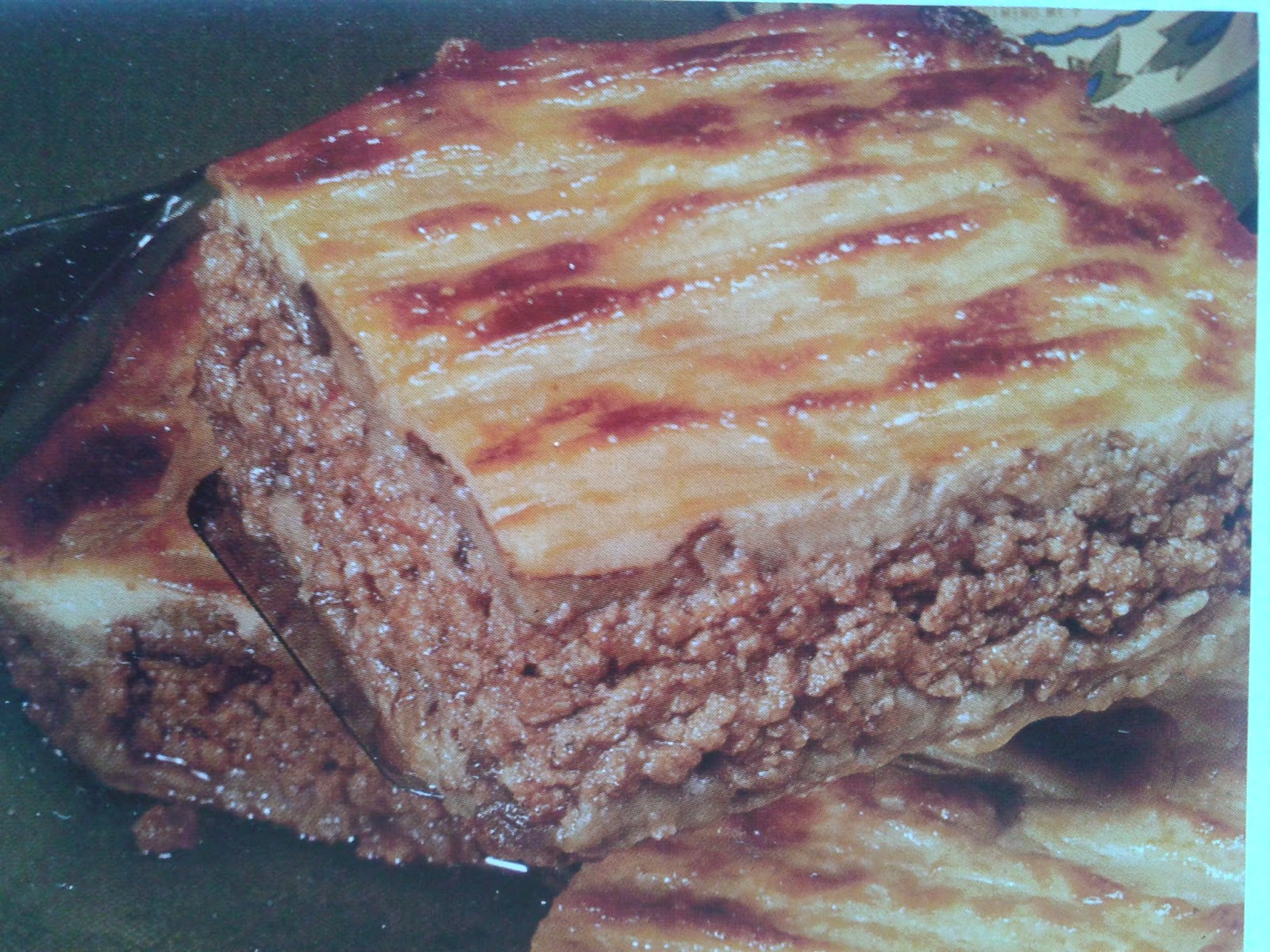Eleusis and the Eleusinian Mysteries
The Sanctuary of Eleusis is situated 22 km west of Athens, bordered on its south side by the Saronic bay.Today it's a very interesting archaeological site.
The name Eleusis comes from the Greek word for"arrival" as masses of people would arrive here for the sacred rituals known as the "Eleusinian Mysteries" held in the honor of the Great goddess Demeter and her daughter Persephone.
The information we have from ancient sources (including Pausanias) about the Sanctuary and the sacred rituals performed there is almost non existent as it was strictly forbidden under penalty of death even to talk about them. So the Eleusinian Mysteries are still a mystery to us and the only certain thing is that they were related to life after death and the preparations for it.
Euripides , the famous tragic poet, wrote:"Happy will be the mortal who has participated in the initiations, for when he descends to Hades, he will gain eternal life, while others will know only despair and Hell"
The Sanctuary was administrated by the Eumolpids and the Kerykes, all coming from royal descent as the cult of the goddess was started during the Mycenaean times by the king who was also the High Priest. The ritual lasted for nine days. The first dedicated to sacrifices and purifications in Athens. The seventh day a procession would start from the city and following the Sacred Way 22 km long, would reach Eleusis by dusk with the high priest bearing the "Hiera" (sacred objects). The last two nights the sacred rites would take place in the "Telesterion" the most important building in the Sanctuary, the holiest of the holies, the Hall of the initiations.
The Telesterion is an almost square building and there were seats for 3.000 people that could participate the "dromena", the sacred performances .
Next to the Teleterion , where the rock forms a cavernlike opening , is the Plutonion (symbolic entrance to Hades, the god of the underworld. This was the spot where Hades disappeared taking with him Persephone, the beloved daughter of Demeter.
Written by Sophia Kokkinou, archaeologist/guide/writer









